Scabies, who cares?
North West Seminar Series of Mathematical Biology and Data Science
What even is scabies?
Sarcoptes scabiei
- Scabies is a disease caused by infestation of the skin with a microscopic mite.
- a.k.a. the Itch or seven-year itch
- From the Latin scabere, meaning ‘to scratch’.
- Symptoms are characterized by itchiness and rash at the site of infestation.

How does scabies spread?
- Direct, extended, skin-to-skin contact
- Sharing clothing, towels, or bedding used by an infected person
- Less common
Do people still get scabies?
Scabies Worldwide
- Scabies affects around 400 million people per year.
- Accounts for a large proportion of skin disease in many low- and middle-income countries

Karimkhani et al. 2017. Lancet Infect. Dis. 17(12):1247 - 1254
Scabies in Europe (then)
- Scabies infections were a common affliction in Europe in the late 1800s and early 1900s
- Highest incidence seen in 1918 and 1945.
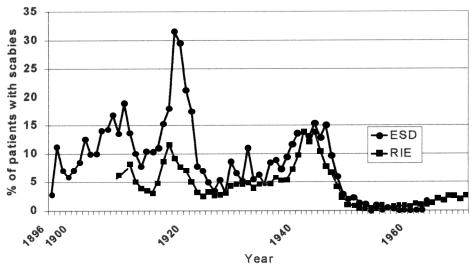
Savin 2005. J R Soc Med; 98(3):124–129.4
Scabies in Europe (now)
A rise in scabies cases has been observed through out Europe in recent years.
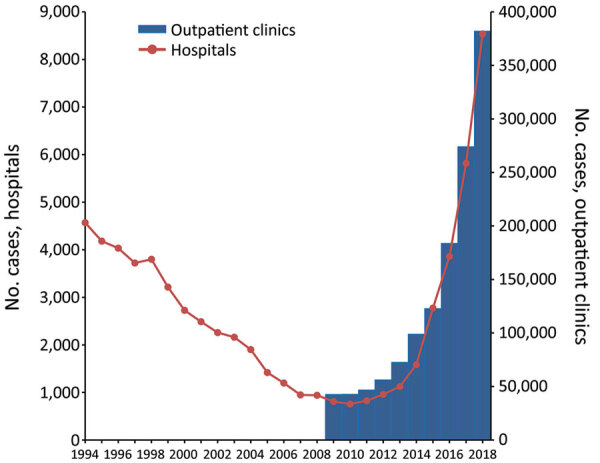
Reichert et al. 2021. Emerg Infect Dis.;27(6):1693–1696.
Scabies in Europe (now)
A rise in scabies cases has been observed through out Europe in recent years.
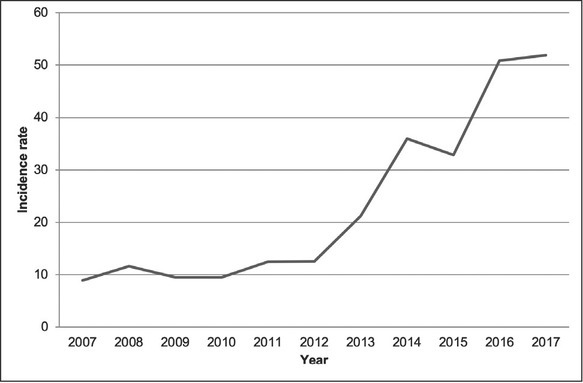
Lugović-Mihić et al. 2020. Zdravstveno Varstvo; 59(4):264-272.
Scabies in Europe (now)
A rise in scabies cases has been observed through out Europe in recent years.
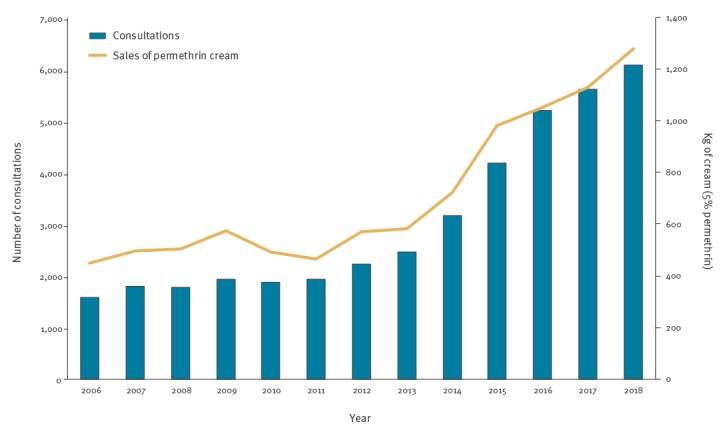
Amato et al. 2019. Eurosurveillance; 24(23):pii=190020.
Scabies in Europe (now)
A rise in scabies cases has been observed through out Europe in recent years.

van Deursen et al. 2022. PLoS One; 17:e0268865
Ok, so what’s the big deal?
The global disease burden of scabies is low compared to other infectious diseases
Disease severity is also low - you’re not going to die
BUT
Secondary infections can lead to severe outcomes
No simple diagnostic test for scabies
- diagnoses rely on clinical assessment (more GP visits)
scabies can have economic implications for both the patients and the healthcare system
What can we do about it?
What we need to know
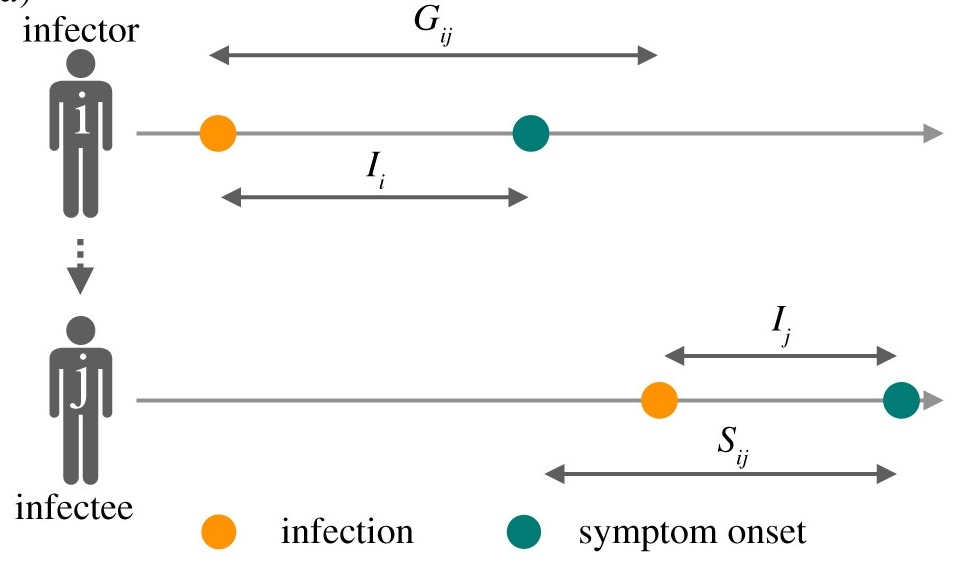
What we need to know
- the incubation period: time from infection to symptom onset
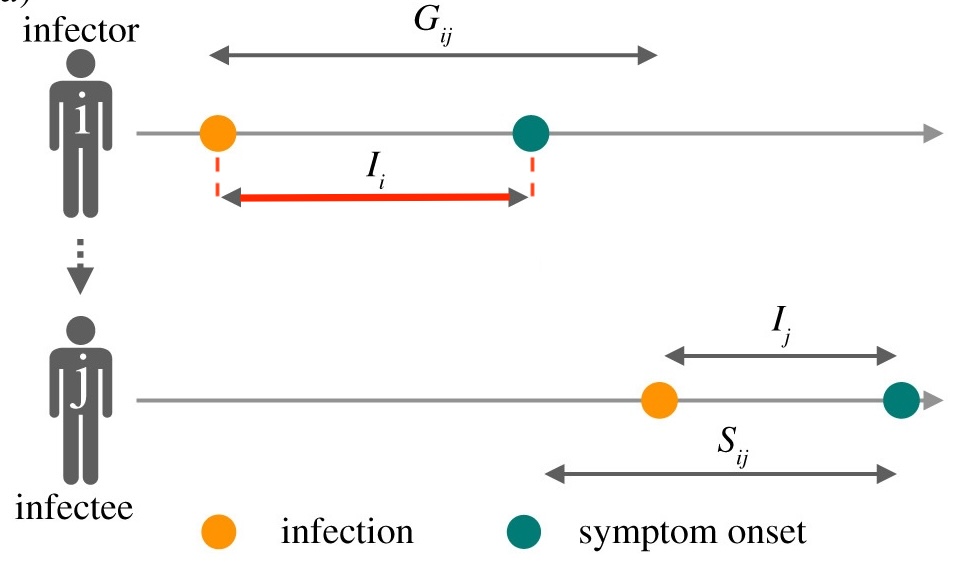
What we need to know
- incubation period: time from infection to symptom onset
- generation time: time between infection of an index case and a secondary case
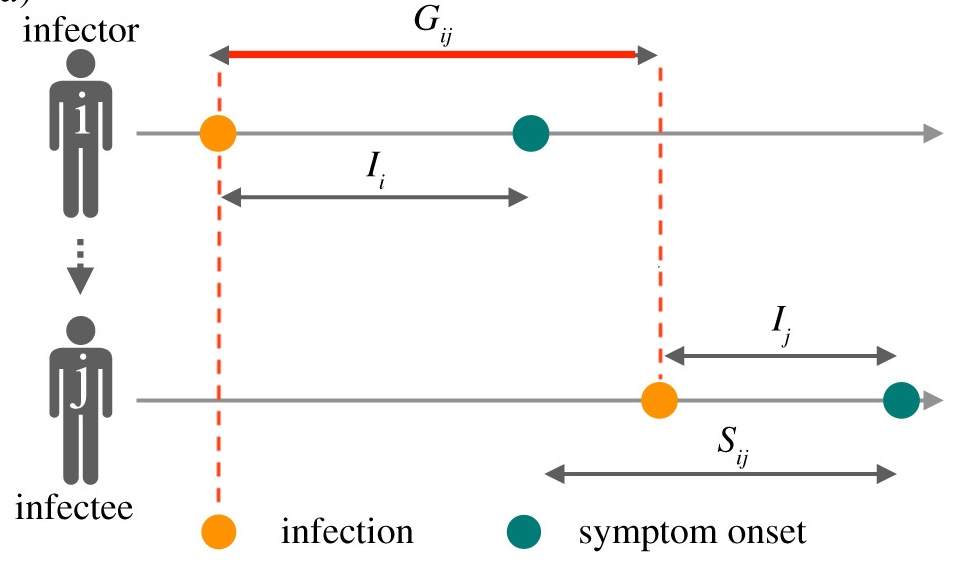
What we need to know
- incubation period: time from infection to symptom onset
- generation time: time between infection of an index case and a secondary case
- serial interval: the time from onset of symptoms in an index case to the time of symptom onset in a secondary case
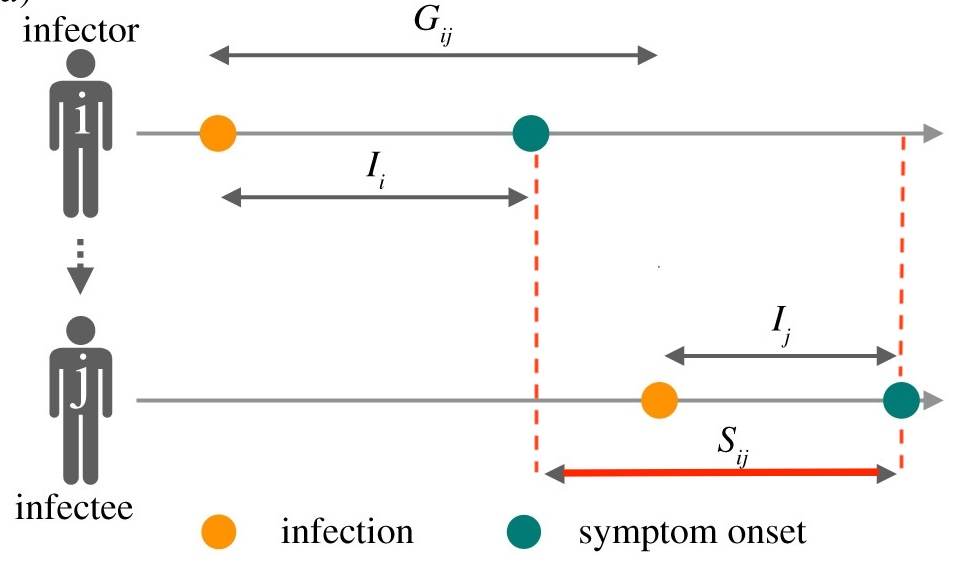
What we need to know
- incubation period: time from infection to symptom onset
- generation time: time between infection of an index case and a secondary case
- serial interval: the time from onset of symptoms in an index case to the time of symptom onset in a secondary case
- growth rate: how quickly the numbers of infections are changing over time
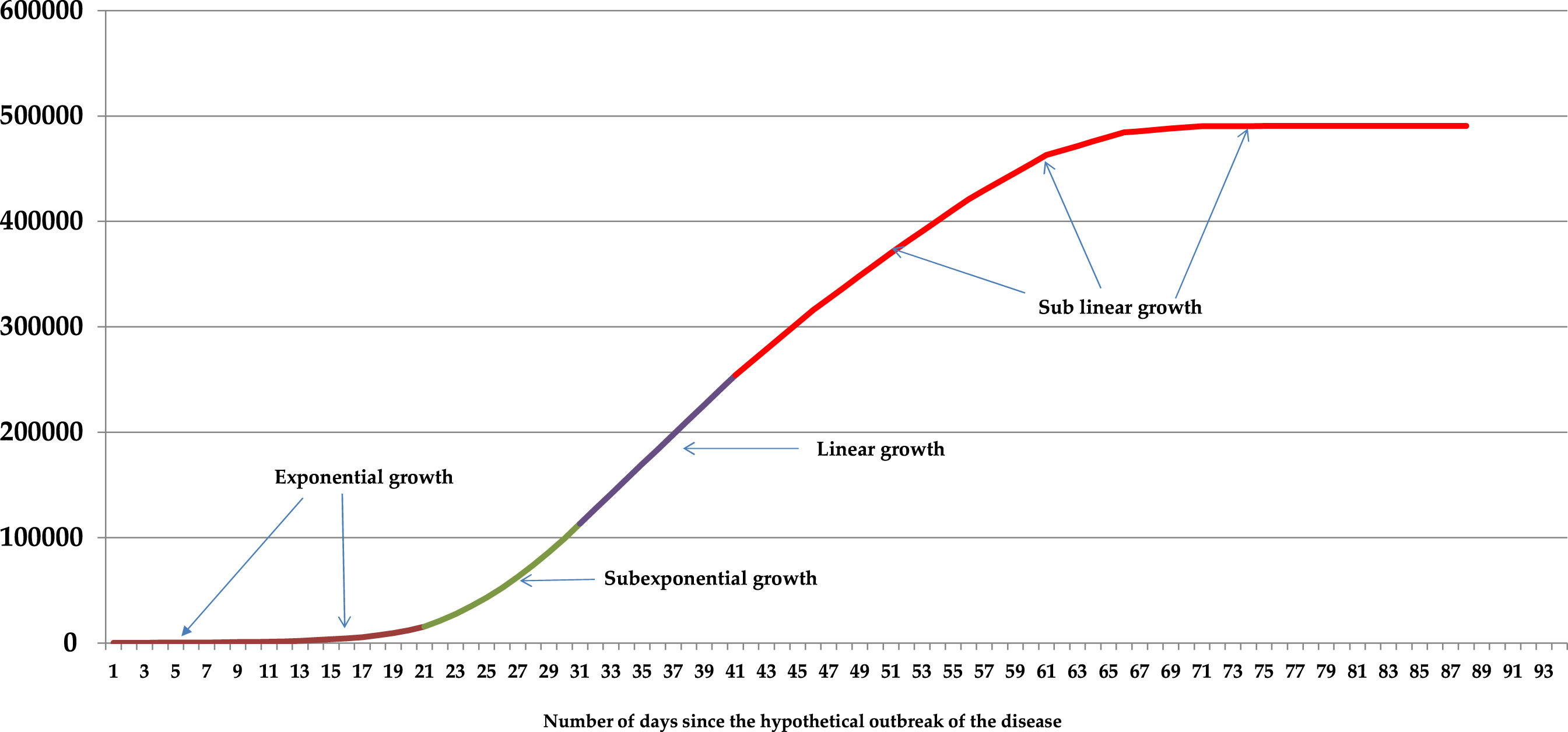
What we need to know
- incubation period: time from infection to symptom onset
- generation time: time between infection of an index case and a secondary case
- serial interval: the time from onset of symptoms in an index case to the time of symptom onset in a secondary case
- growth rate: how quickly the numbers of infections are changing over time
- reproduction number: the average number of secondary cases resulting from one index case

What we know
- incubation period: time from infection to symptom onset
- generation time: time between infection of an index case and a secondary case
- serial interval: the time from onset of symptoms in an index case to the time of symptom onset in a secondary case
- growth rate: how quickly the numbers of infections are changing over time
- reproduction number: the average number of secondary cases resulting from one index case
What we know
- Incubation period
- 4-6 weeks after primary infection
- 24 hours after post-primary infection
- A series of studies in the 1940s form much of the basis of our current understanding of scabies transmission.


Let’s dive in!
Our Roadmap
- What is the timescale of a typical scabies transmission event?
- How are the number of scabies cases changing over time?
- How many people will a scabies case go on to infect?
- How does scabies transmission change over time?
Our Roadmap
- What is the timescale of a typical scabies transmission event?
Serial Interval

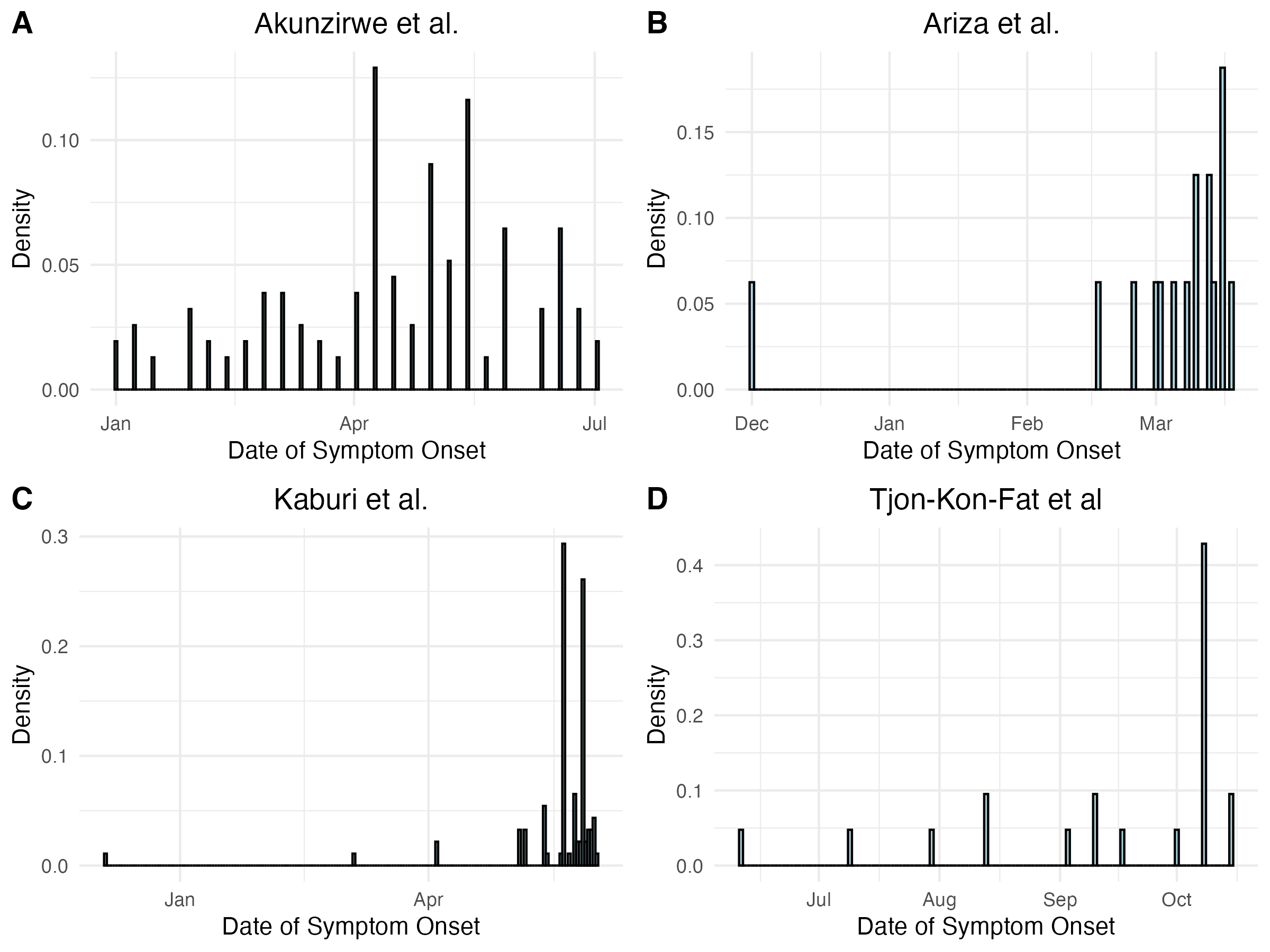
Date of symptom onset data from four scabies outbreaks.
Serial Interval
- We calculate the index case-to-case (ICC) interval for each person,
- index case: the person with the greatest value for number of days since symptom onset.
- “secondary” cases: have an ICC interval calculated as the number of days between their symptom onset day and the index case.
Serial Interval
- We use a maximum likelihood framework to determine how likely each ICC interval can be attributed to each transmission route - We then estimate serial interval using ICC intervals consistent with Primary-Secondary transmission

Vink et al. 2014. Am J Epidemiol; 180(9):865–875
Serial Interval
- We use a maximum likelihood framework to determine how likely each ICC interval can be attributed to each transmission route
- We then estimate serial interval using ICC intervals consistent with Primary-Secondary transmission

Vink et al. 2014. Am J Epidemiol; 180(9):865–875
Serial Interval


Serial Interval
- We performed a meta-analysis.
- Estimated pooled mean serial interval:
- 123.24 days (95% credible interval: 91.44, 153.41 days)
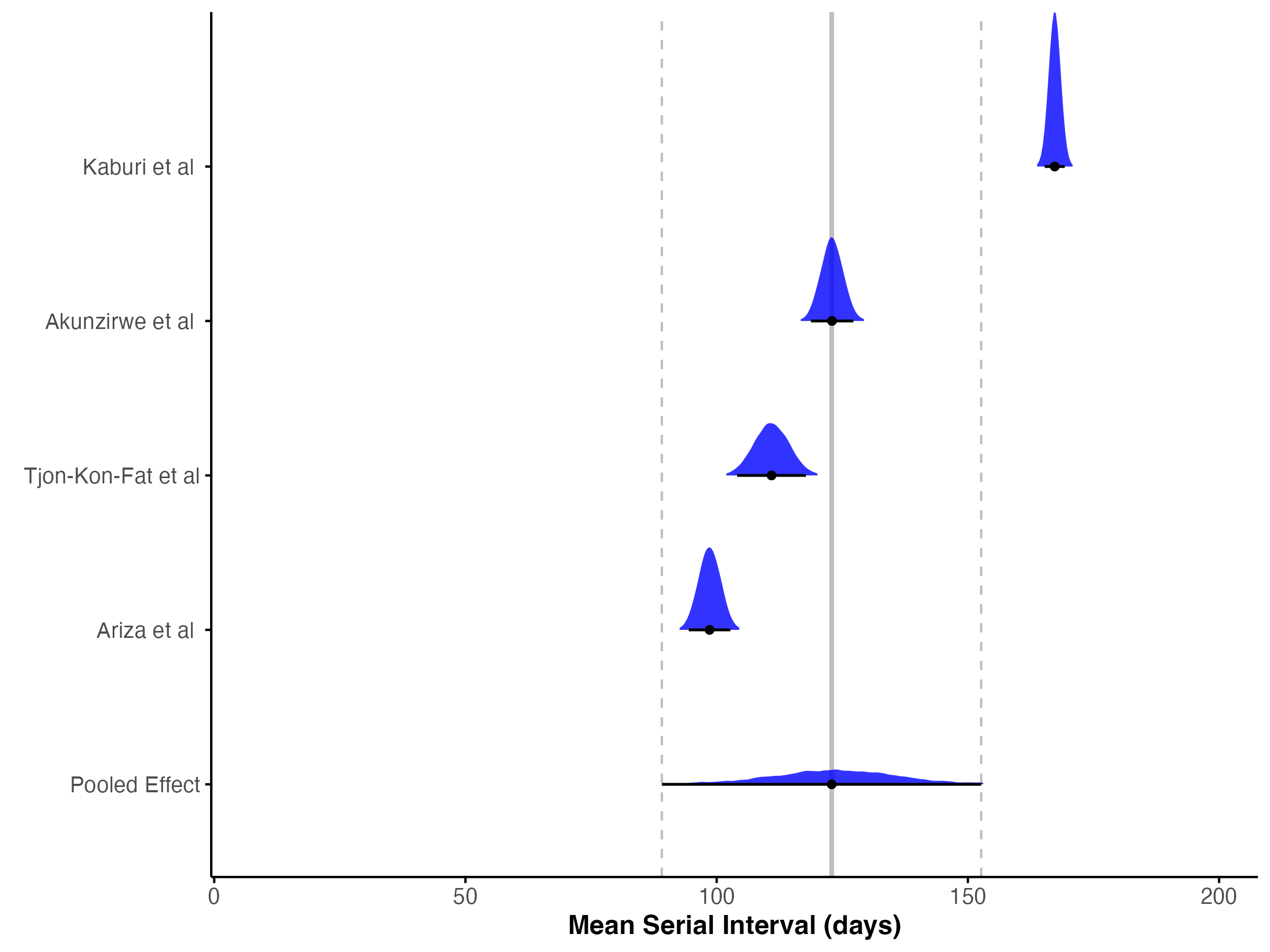
Our Roadmap
- What is the timescale of a typical scabies transmission event?
- How are the number of scabies cases changing over time?
Growth Rate
- To determine how the number of scabies cases is changing each year in NL we estimated the annual growth rate
- Fit GLM to the annual number of scabies diagnoses per 1000 people.
- Estimated an annual growth rate: 0.25 (95% CI: 0.2, 0.3)

Our Roadmap
- What is the timescale of a typical scabies transmission event?
- How are the number of scabies cases changing over time?
- How many people will a scabies case go on to infect?
Basic Reproduction Number \(R_0\)
- We can relate the growth rate to the basic reproduction number as \[R_0 = \exp(r*T – (1/2) r^2 s^2)\]
- \(r\) is the annual growth rate,
- \(T\) is the mean generation time (in years), and
- \(s^2\) is the variance of the generation time distribution.
Basic Reproduction Number \(R_0\)
- We can relate the growth rate to the basic reproduction number as \[R_0 = \exp(r*T – (1/2) r^2 s^2)\]
- \(r\) is the annual growth rate,
- \(T\) is the mean
generation timeserial interval (in years), and - \(s^2\) is the variance of the
generation timeserial interval distribution.
- This gives us an \(R_0 = 1.09\) \((95\% CI: 1.07, 1.11)\)
Our Roadmap
- What is the timescale of a typical scabies transmission event?
- How are the number of scabies cases changing over time?
- How many people will a scabies case go on to infect?
- How does scabies transmission change over time?
Time-varying Reproduction Number \(R_t\)
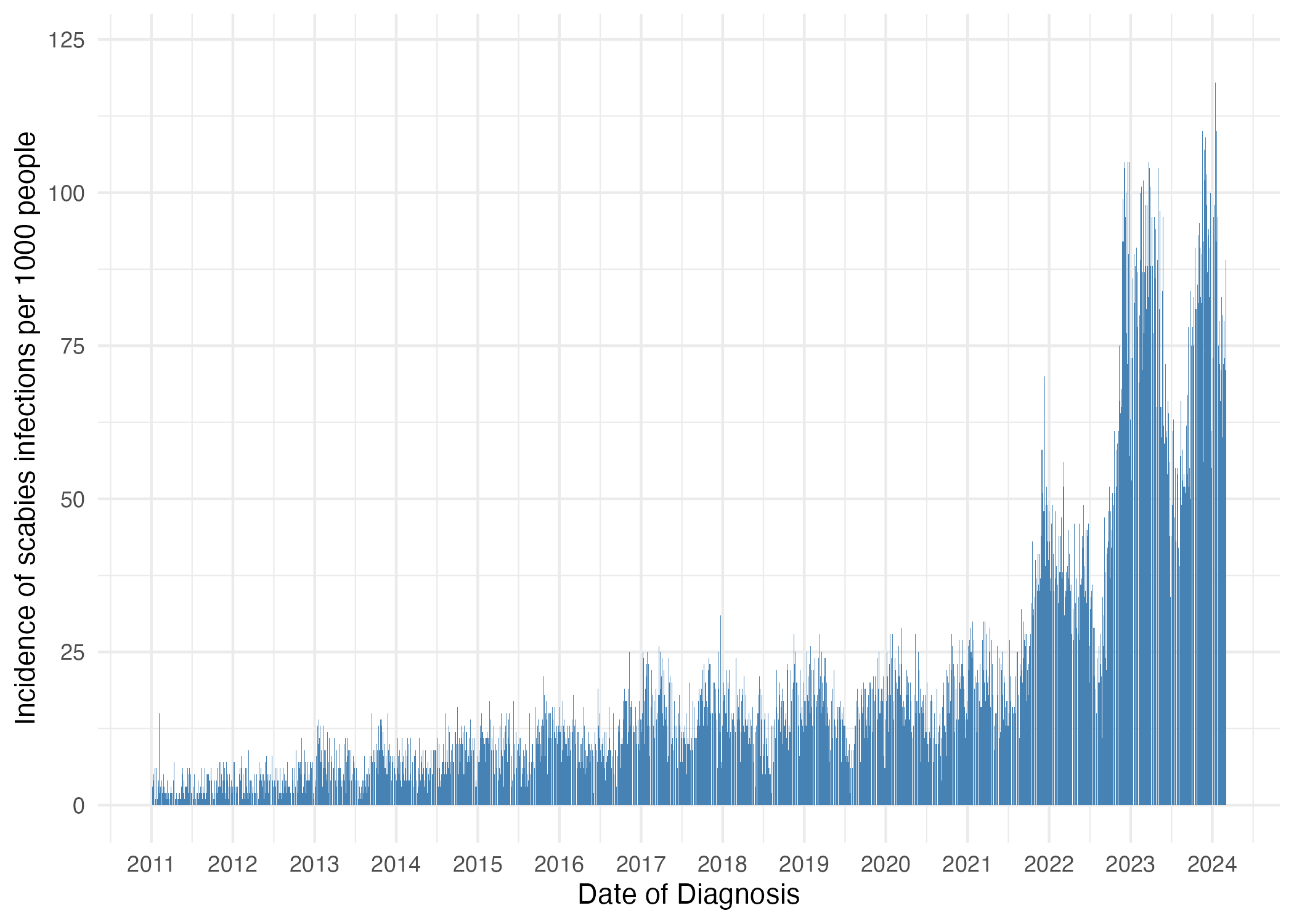
Time-varying Reproduction Number \(R_t\)
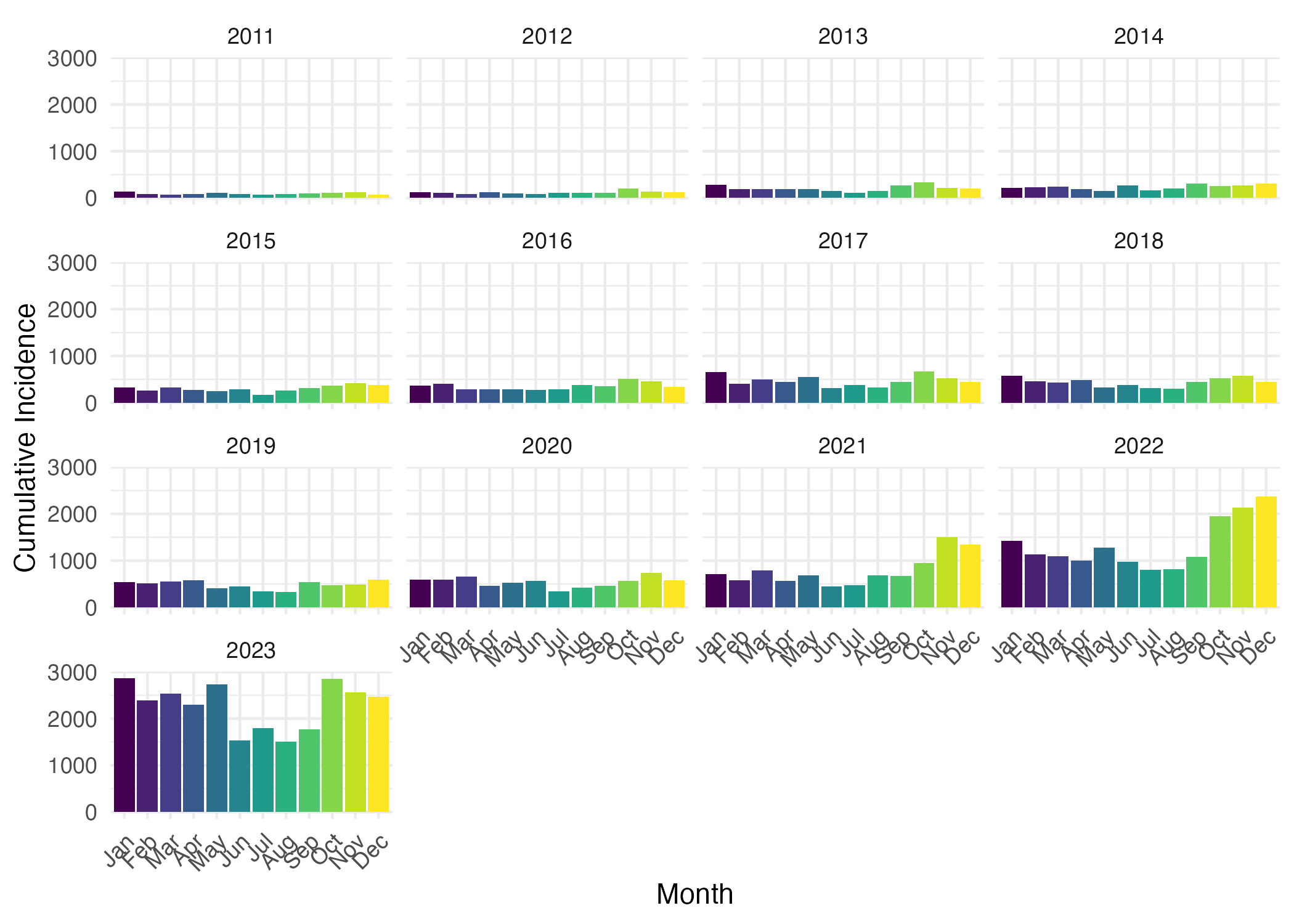
Time-varying Reproduction Number \(R_t\)
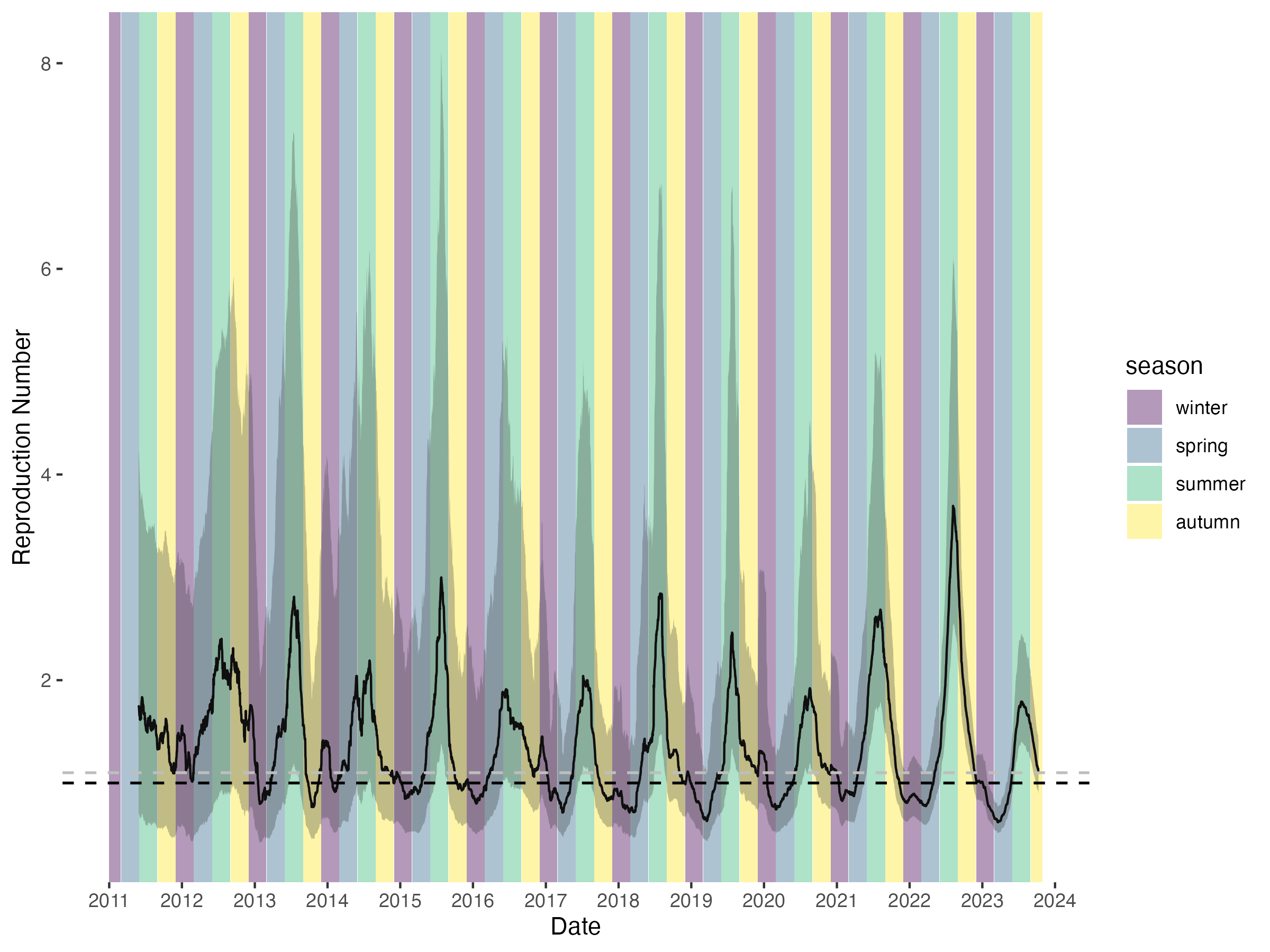
Now what?
Policy Implications
- Scabies cases are increasing in the Netherlands.
- Minimal control measures could decrease \(R_0<1\), such as
- educate age groups (adolescents and young adults) with highest prevalence of scabies about the causes and symptoms of scabies infections,
- require a scabies check for university students prior to the school year, or
- inform GPs about the higher risk of scabies in certain groups
- could lead to quicker diagnoses
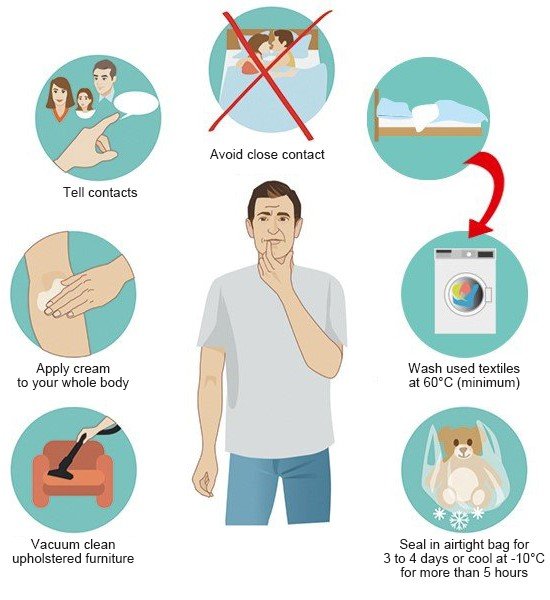
This is only the beginning
- The epidemiological quantities estimated here can be used to parameterise mathematical models of scabies spread
- There is still a lot that we don’t know
- Future work should focus on obtaining more precise estimates of the underlying quantities that govern scabies spread.
Your turn
Wrapping up
Thank you
- Jacco Wallinga
- Mariette Hooiveld
Funding
This work was financed by the Netherlands Ministry of Health, Welfare and Sport.
Contact
Email: kylie.ainslie@rivm.ml
Website: https://kylieainslie.github.io/
GitHub: https://github.com/kylieainslie
Bluesky: https://bsky.app/profile/kylieainslie.bsky.social
LinkedIn: https://www.linkedin.com/in/kylieainslie/
University of Liverpool | 13 November 2024 | Kylie Ainslie